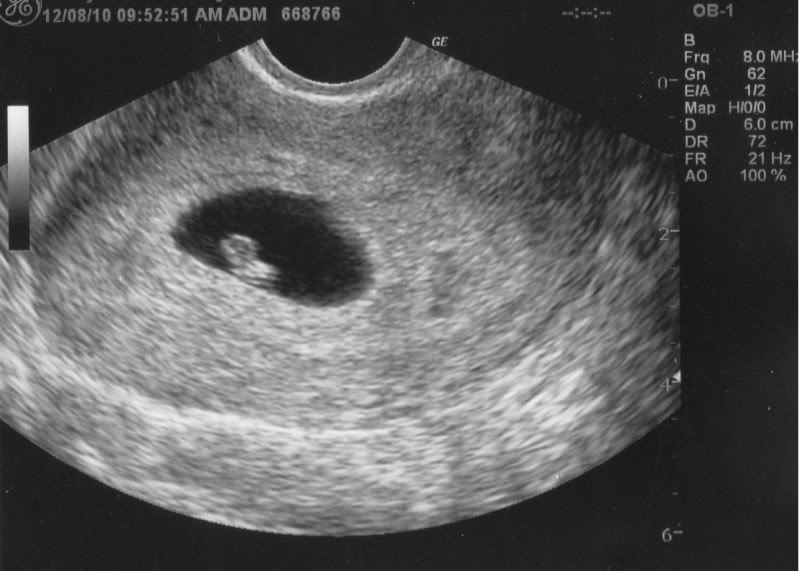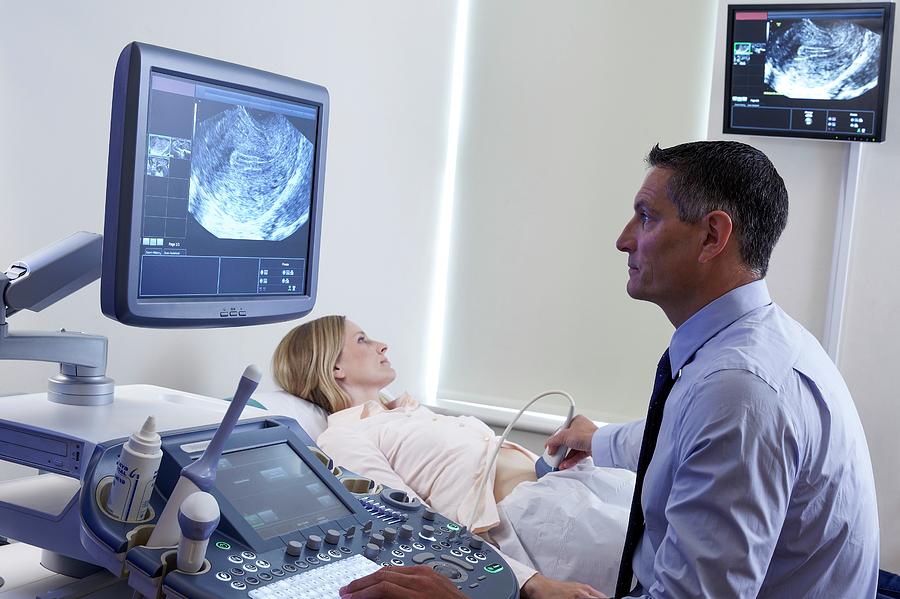

This result can be used (along with blood tests) to calculate the chance of your baby being born with some genetic conditions such as Down syndrome. The nuchal translucency is the measurement of fluid behind your baby’s neck. However, your baby is still quite small at this stage (about 5–8cm long) so most abnormalities are better checked for at 20 weeks when your baby is bigger. You will be offered this scan at 12–14 weeks' gestation. This scan confirms your pregnancy due date, finds out if you are having twins and looks for abnormalities in your baby. You will need extra scans if you’re carrying twins or if you have had complications in this pregnancy or a previous pregnancy. Sometimes other scans are carried out to check the growth of your baby or the position of your baby or the placenta. However, you may need a scan in early pregnancy if you have complications such as bleeding. It's not usual to have a dating scan early in your pregnancy to work out how many weeks pregnant you are and your due date. The two scans usually offered are the nuchal scan and the anatomy scan. You usually have one or more ultrasound scans during pregnancy. What ultrasound scans are offered during pregnancy? For this reason, it's best to only have ultrasound scans when advised to by your healthcare provider. However, they may have abnormal or inconclusive results, and this can cause anxiety.

Early in pregnancy, ultrasound is used to check your estimated due date, the number of babies you are having and your baby’s development.Key points about ultrasound scans in pregnancy Their main purpose is to see whether the pregnancy and your baby’s growth and development are progressing normally. In this case, the sonographer will advise you what to do next.Pregnancy ultrasound scans use sound waves to create a picture of your baby in your womb. This is a dangerous complication of pregnancy that requires hospital treatment. Very rarely, your sonographer may be concerned that there are ultrasound signs of an ectopic pregnancy. If the CRL is >7mm and no heartbeat is seen, sadly this means you have suffered a miscarriage.
SONOGRAM PREGNANCY FREE
We will be able to see the pregnancy, however not be able to confirm a heartbeat and will therefore as you back for a free rescan at a time when the sonographer recommends. This can mean that the pregnancy is not as far along as suggested by your period dates. Often times ladies date their pregnancies based on their last period dates however, these dates can be affected by numerous variables and as such, are not always correct.

If the CRL is less than 7mm and no heartbeat is seen, this may be because the embryo is too young. Ultrasound can usually detect a fetal heartbeat at 6-7 weeks of pregnancy, when the baby's length or crown-rump length (CRL) is 7mm. The quality of ultrasound images produced by both trans-vaginal and trans-abdominal scans will be affected by your BMI and the position of the baby. Higher BMIs can effect the visibility of the pregnancy especially when the pregnancy is so early. Trans-abdominal (external) scan may be less accurate at this early 5 week stage. A yolk sac can be seen at 5 1/2 weeks gestation. In viable pregnancies, trans-vaginal (internal) scans should be able to detect a gestation sac from 5 weeks of pregnancy. Peek A Baby offers Early Pregnancy Reassurance Scans from 6 weeks of pregnancy.


 0 kommentar(er)
0 kommentar(er)
